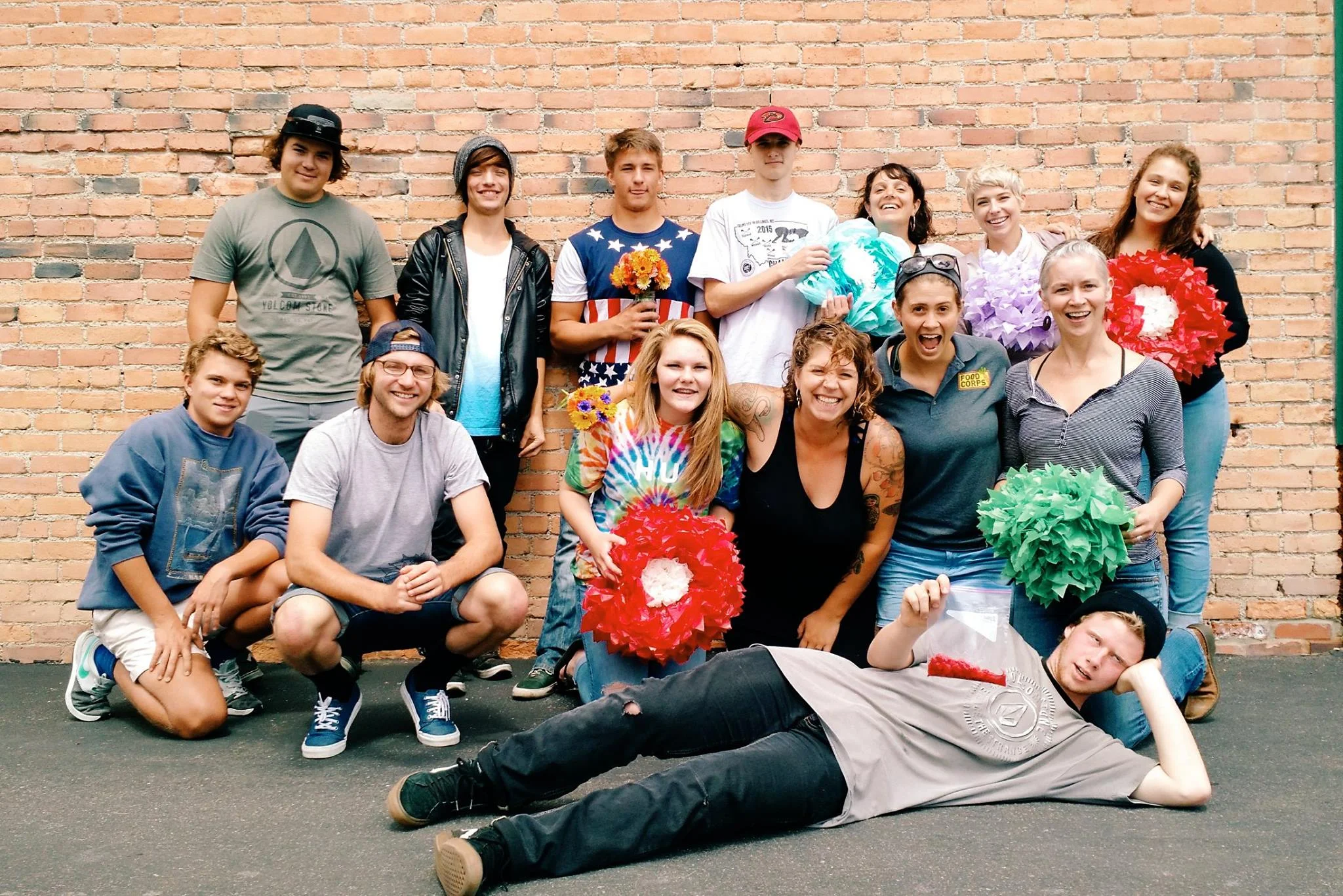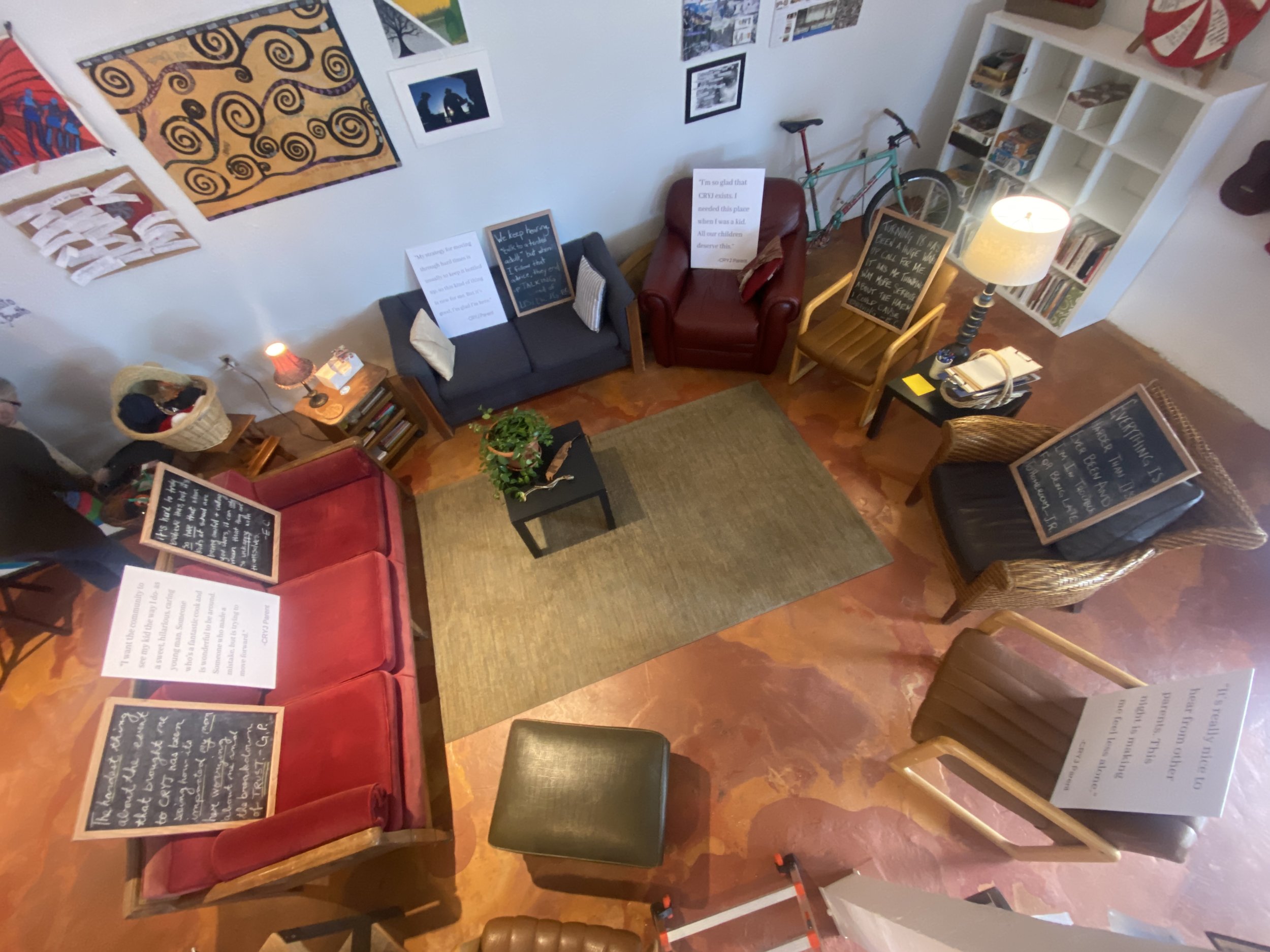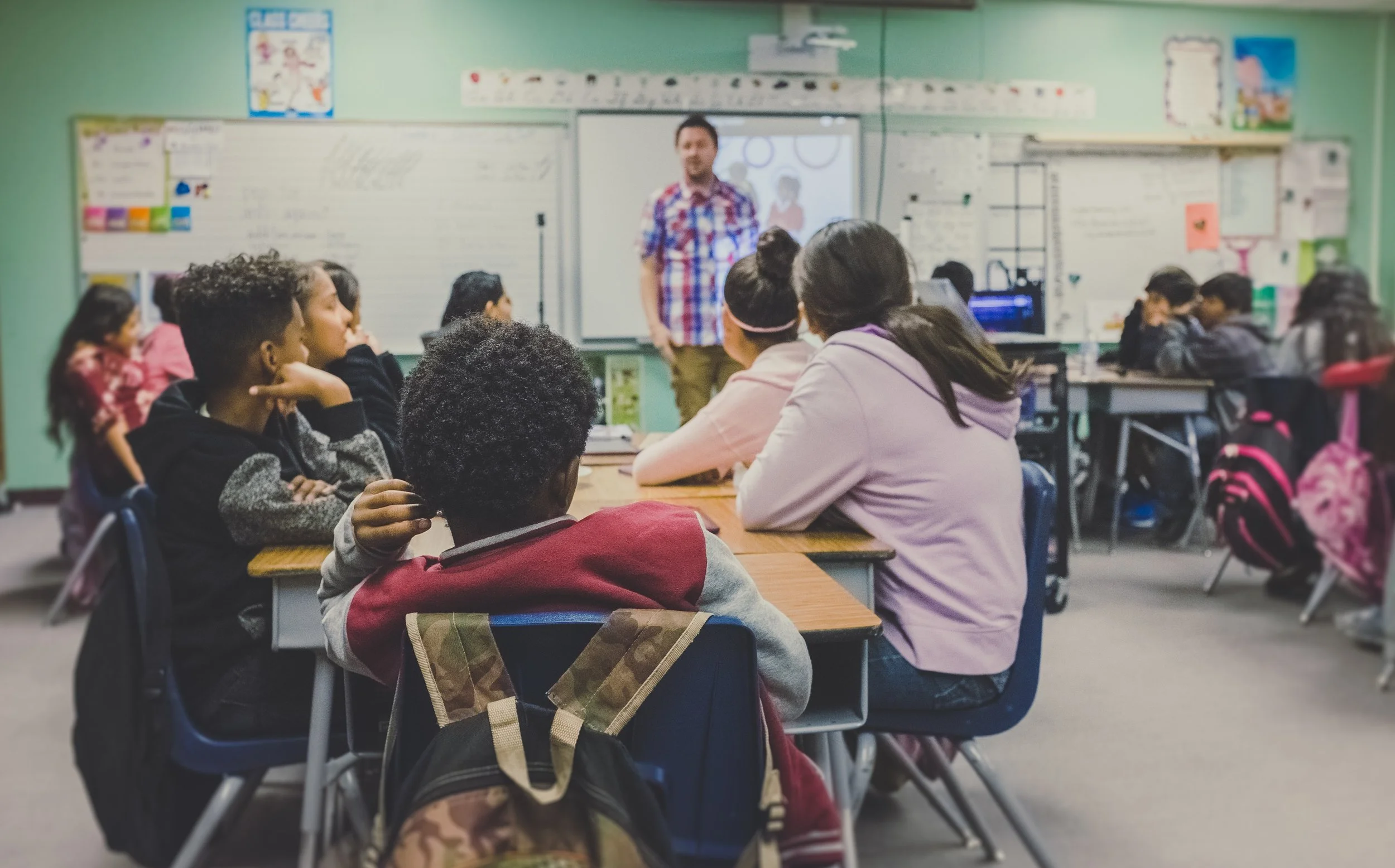1998
Flathead County Peer Court is established
CRYJ began in 1998 in its foundational form of Flathead County Peer Court. It was a small organization with two staff housed in a tiny corner office within the KM Building in downtown Kalispell. In the process of creating an alternative form of meaningful justice for youth engaged in the justice system in the Flathead, we created a community of youth, volunteers, and staff that bridged social and economic differences, emphasized respect and listening, and practiced a restorative model of addressing differences and harm. As the work advanced, so did our community.
In 2005, the agency shifted programming options to align more fully with the restorative justice philosophy by adding Victim Offender Conferencing (VOC) to its accountability programming. The following year, a shift in leadership and funding at the juvenile probation office removed the compliance monitoring and in-house community service requirements. This allowed Peer Court to again expand its programming to include Youth Connections (YC), which provided competency development and community service opportunities to youth across Flathead County.
2005
Victim Offender Conferencing Program is implemented
2007
Flathead County Peer Court becomes the Center for Restorative Youth Justice
"Peer Court" officially changed its name to the Center for Restorative Youth Justice on March 15, 2007 to better reflect its composition as an umbrella organization supporting not only the Peer Court program, but also the Victim Offender Conferencing and Youth Connections programs.
CRYJ continued to grow, pulling substantial influence and inspiration from restorative justice programs in other communities around the nation. CRYJ developed the Drug and Alcohol Accountability Program (DAAP) in 2008, the Community Accountability Board (CAB) in 2009, and the Theft Impact Circle (TIC) in 2010. Additionally, CRYJ expanded the agency’s focus to center victims’ needs through the creation of the Victim Impact Program (VIP) in 2009, and to respond to families using an integrated conflict resolution model through the Family Conflict Resolution Program (FCRP) in 2011.
2008 - 2011
CRYJ's program offerings expand
2015
CRYJ's programming shifts to our current model, the Community Impact Circle
After years of working in this community and in partnership with the juvenile justice system, the limitations of CRYJ’s offense-based referral system and the need for a model that could service youth both inside and outside of the juvenile justice system became apparent. In January of 2015, CRYJ streamlined services to provide both a cost effective and community-oriented restorative programming model based in the power of Community Talking Circles. Through this transformation, the Community Impact Circle was born, serving youth and families in need of support, connection, alternative accountability options, or restorative dialogue.
As TIC, DAAP, and CAB were absorbed within the Community Impact Circle, individualized intake processes, reflection projects, and workshops were created to ensure that education and accountability elements encouraged by juvenile probation or court-referring processes were maintained and enhanced.
In response to the needs and requests of our youth, the Trellis Project expanded to provide meaningful and marketable job and life skills development. Through the Trellis Project, youth had the opportunity to learn important skills that carry into the culinary food service industries. Youth participants not only learned where food comes from but were actively involved in designing, planting, growing, maintaining, harvesting, selling, and creating healthy meals from the organic produce.
2017
Trellis Project expands
2020
Online curriculum is established
While CRYJ has piloted partnerships with a small number of school administrators and resource officers in the past, 2021 was really the year that this program found its wings! A significant expansion of our relationships with school districts and resource officers throughout the Flathead Valley allowed a true diversion program to develop. Teens who successfully complete their CRYJ program see reduced in and out of school suspension, have no interaction with elements of the justice system, and avoid having charges filed. In addition, teens who participate in CRYJ through the School Justice Partnership have the opportunity to engage in safe, facilitated dialogue with members of their school community who were impacted by the incident.
When the Coronavirus pandemic hit in the Spring of 2020, it was essential for CRYJ program staff to develop a new way of meeting with teens and families. Having historically conducted all conferencing and workshops in person, implementing virtual programming was new territory. While we have always held face to face interactions in high regard, having virtual options available was not only a necessary safety response, but also made CRYJ programing accessible for teens and families living in more distant Flathead Valley locations who had previously struggled getting to our Kalispell office.
2021
CRYJ’s School Justice Partnership expands
2022
Teen in Residence Program
The CRYJ Teen in Residence (TR) Program offers youth identified as both particularly at-risk and a natural leader in workshops the opportunity to work with CRYJ’s team as a paid staff member.
After completing their required program agreement, the TR becomes part of CRYJ’s program team for a three month period. The TR will participate in workshops three times a month, meeting with the rest of the program team to prepare workshop content ahead of time and/or after workshop to debrief how the content landed with teens.










